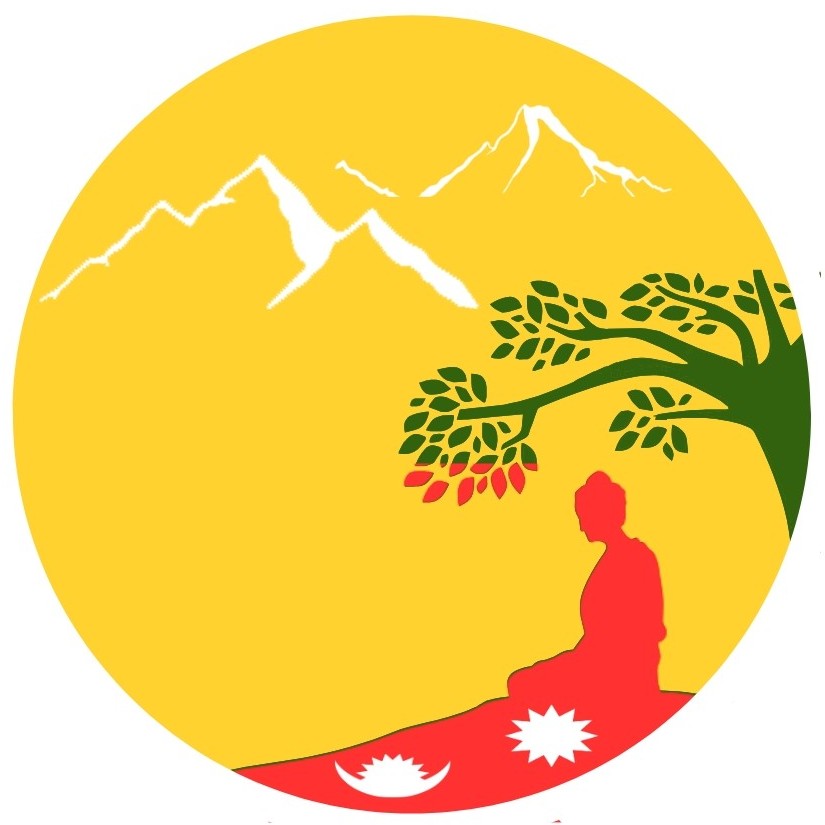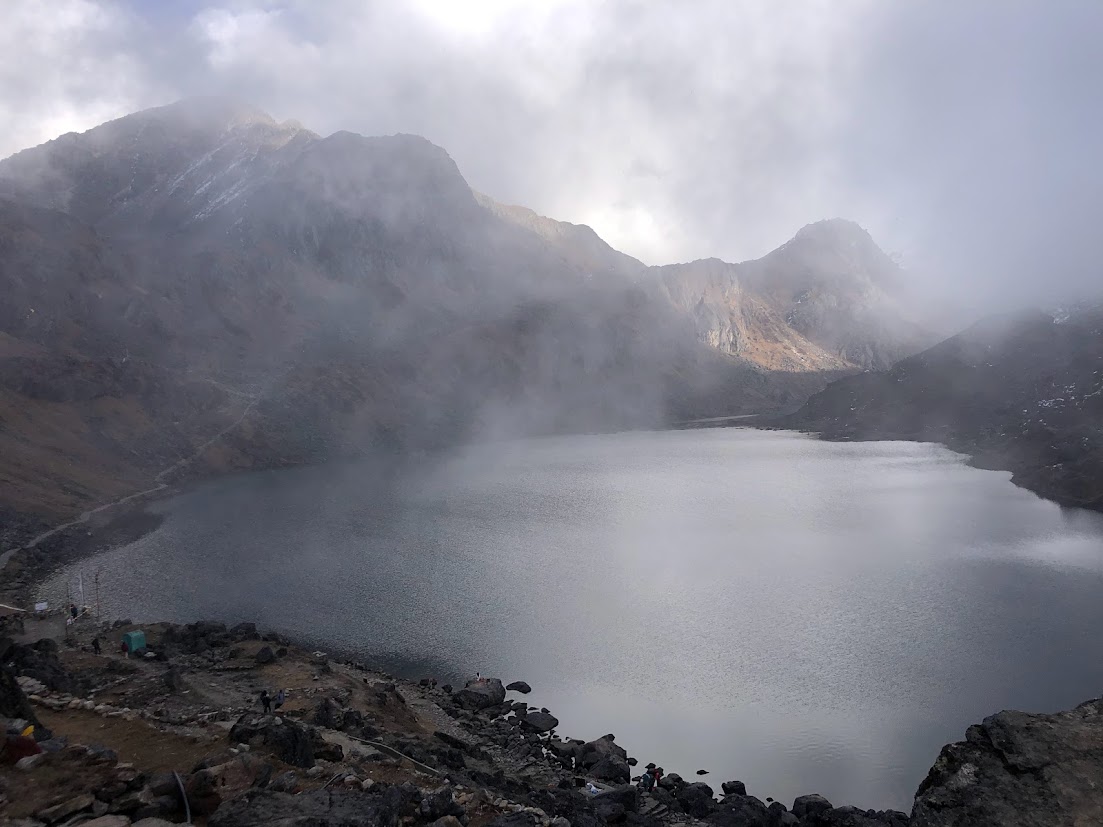A Spiritual Trekking Journey Through the Helambu Region of Nepal
This journey is not just a trek through the beautiful landscapes of Nepal but a spiritual pilgrimage through some of the most sacred and culturally significant sites in the region. Each location on this trek holds deep religious, cultural, and spiritual importance, with myths and legends that have been passed down through generations. By embarking on this journey, we can attain peace, self-realization, and a deeper connection with your inner self. Let´s explore in brief.
Day 1: Kathmandu to Dhunche (1,950m)
– Overview: The journey begins with a scenic drive from the bustling capital city, Kathmandu, to the tranquil town of Dhunche. This 7-8 hour drive by bus or private vehicle is the first step into the serene landscapes of the Langtang region.
– Spiritual Significance: Dhunche is the gateway to the Langtang National Park, an area revered for its natural beauty and spiritual significance. The Langtang Valley is often called the “Valley of Glaciers” and is associated with the great sage Rishi Munik, who meditated here to attain enlightenment. This place offers an opportunity to connect with nature and the divine, beginning your spiritual journey in the lap of the Himalayas.
– Stay Overnight: Dhunche
Day 2: Dhunche to Shin Gompa (Chandabari) (3,330m)
– Overview: The trek from Dhunche to Shin Gompa, also known as Chandabari, takes approximately 5-6 hours. As you ascend through lush rhododendron forests, the air becomes purer, and the environment more tranquil.
– Spiritual Significance: Shin Gompa is home to a famous Buddhist monastery, where monks have been practicing meditation for centuries. The monastery is dedicated to
Guru Rinpoche (Padmasambhava), who is believed to have brought Buddhism to Tibet and Nepal. Spending time in this sacred place allows trekkers to immerse themselves in the teachings of Buddhism, seeking inner peace and understanding.
– Stay Overnight: Shin Gompa
Day 3: Shin Gompa to Gosaikunda (4,380m)
– Overview: The trek from Shin Gompa to Gosaikunda is approximately 3-4 hours. The journey leads you to the sacred Gosaikunda Lake, a place of immense religious significance.
– Spiritual Significance: Gosaikunda is one of the most revered pilgrimage sites in Nepal, particularly for Hindus. According to Hindu mythology, the lake was created by Lord Shiva when he struck the ground with his trident (Trishul) to quench his thirst after swallowing poison to save the world. The lake is believed to be the abode of Lord Shiva and is considered sacred by both Hindus and Buddhists. Pilgrims believe that a dip in the holy waters of Gosaikunda can cleanse one’s sins and lead to moksha (liberation). The serene environment and the divine aura of the place offer a perfect setting for meditation and self-reflection.
– Stay Overnight: Gosaikunda
Day 4: Gosaikunda to Ghopte (3,430m) via Lauribina La (4,610m)
– Overview: This is one of the most challenging days of the trek, taking approximately 6-7 hours. The journey crosses the Lauribina La Pass, the highest point of the trek, offering breathtaking panoramic views of the Himalayas.
– Spiritual Significance: Crossing Lauribina La, trekkers are believed to undergo a symbolic purification, leaving behind their worldly attachments. The high altitude and the vastness of the mountains encourage introspection and spiritual awakening. The descent to Ghopte, surrounded by ancient forests, is seen as a journey back to the earth,
grounded in the wisdom and clarity gained from the heights.
– Stay Overnight: Ghopte
Day 5: Ghopte to Kutumsang (2,470m)
– Overview: The trek from Ghopte to Kutumsang takes approximately 6-7 hours, with the trail winding through the picturesque Helambu hills.
– Spiritual Significance: Kutumsang is a traditional village that reflects the cultural heritage of the Tamang people, who have their roots in Tibetan Buddhism. The spiritual practices of the Tamang community, including their prayers and rituals, offer insights into the harmonious relationship between humans and nature. Spending time in this village allows one to experience the simplicity of rural life and the profound spirituality embedded in everyday practices.
– Stay Overnight: Kutumsang
Day 6: Kutumsang to Chisapani (2,215m)
– Overview:The trek from Kutumsang to Chisapani takes approximately 5-6 hours. This day is filled with cultural exploration as you pass through traditional Tamang villages.
– Spiritual Significance: Chisapani is known for its stunning views of the Himalayas and the spiritual tranquility that the natural surroundings provide. The Tamang villages you pass through are steeped in ancient traditions and spiritual practices. These communities live in close harmony with nature, and their way of life is a lesson in simplicity and contentment. Engaging with the local culture can be a humbling experience, reminding us of the spiritual wealth found in simplicity.
– Stay Overnight: Chisapani
Day 7: Chisapani to Kathmandu
– Overview: The final leg of the journey is a drive back to Kathmandu, taking approximately 4-5 hours.
– Spiritual Significance: Returning to Kathmandu marks the end of the physical
journey but the beginning of a new phase of spiritual growth. The experiences and lessons from the trek, coupled with the sacred energy of the places visited, will continue to resonate, guiding you toward a deeper understanding of yourself and the world around you.
Conclusion
This trekking journey through the Helambu region is more than just a physical challenge; it is a spiritual pilgrimage. Each step taken on this path is an opportunity for soul transformation and self-realization. By visiting these sacred places, you can connect with the divine, purify your soul, and gain enlightenment. The trek offers a rare chance to step away from the distractions of modern life and immerse yourself in the timeless wisdom and spiritual heritage of Nepal.


